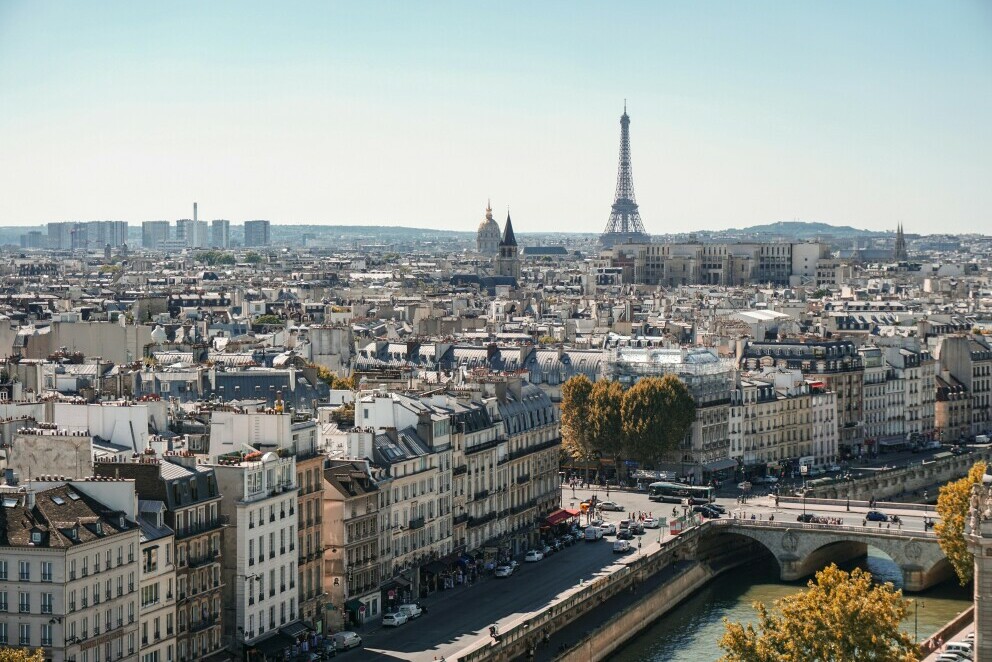
French writer Jules Renard once said, “Add two letters to Paris and it’s(paradis in French) paradise.” Paris isn’t just a city, it’s an emotion. I want to guide you through this city of light and love, ensuring that when you set foot on its cobbled streets, you’re ready to soak in every bit of its elegance.
Paris
Paris, the capital city of France, weaves a complex tapestry that combines its rich history and vibrant contemporary culture. Strolling through its streets, you don’t just see or hear Paris, you feel it. From the architectural marvels that stand as silent guardians of history, to the lively cafes where today’s stories are written, each corner of Paris offers a unique narrative.
The city’s vibrancy is matched by its cultural depth. Here, art isn’t confined to the canvases in the galleries; it spills onto the streets, melding with the daily lives of the Parisians. Musicians, painters, and performers of the city add layers to the already dynamic setting of this metropolis.
Before diving into the particulars, a bit of advice: wearing comfortable shoes is a MUST as you’ll walk more than you expect. Navigating Paris is simple due to its organized arrangement, but always keep a map, digital or paper, your preference.This will enhance your exploration. Most importantly, learn a few basic French phrases. Even a modest attempt to speak the local language can open hearts and doors.
Now, as I transition from the broad strokes of Paris to its unique characteristics, allow me to start with the landmark that epitomizes the romance and artistic flavor of the city: the Eiffel Tower. Standing tall, it’s more than a structure; it’s a representation of the French spirit and a testament to the art of engineering.
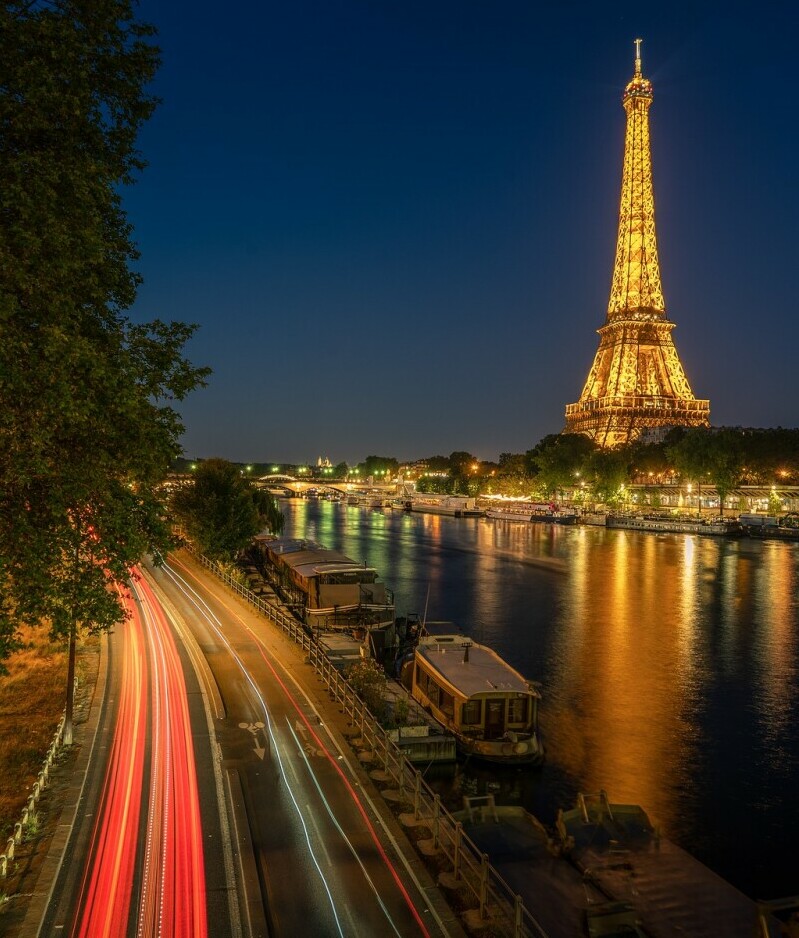
Embracing the Majesty of The Eiffel Tower
You’ve seen it in countless photos, felt its presence in romantic tales and perhaps even pictured yourself standing beneath its towering form. The Eiffel Tower, named after the engineer Gustave Eiffel, isn’t merely another attraction; it’s a testament to human ingenuity and a universal emblem of love and beauty. It was erected in 1889 for the Exposition Universelle, (better known in English as the 1889 Paris Exposition, a world’s fair held in Paris, France). It is impressive not only in height but in its intricate ironwork, with over 7 million visitors annually.
An exploration of the Eiffel Tower is incomplete without venturing to its viewing platforms. Each of its three levels offers a different perspective. The first two levels house restaurants and shops, and they are perfect spaces to pause and soak in the views. It is the summit however, that truly captivates. Ascending to the pinnacle offers a panorama of Paris that’s breath-taking, a view that stretches into the city’s distant outlines. The best time to visit is early morning or late afternoon when the crowds have lessened.
As day gives way to night, the Eiffel Tower transforms and becomes bathed in golden light. Every hour on the hour, the light turns into a gaze-catching display of twinkling lights. This light show is a striking spectacle, best enjoyed from the grassy fields of Champ de Mars or the Trocadero Gardens. Surrounded by the warm glow, you’re not just watching something spectacular; you’re part of a collective experience that’s shared by onlookers from all around the globe.
In the following section, the journey continues as we unveil the mysteries behind the walls of the world’s most visited museum, the Louvre. The Louvre isn’t only a structure that captures centuries of artistic endeavors; it is a pilgrimage site for those who seek to discover the human spirit through exquisite works of art that have shaped our visual and cultural history.
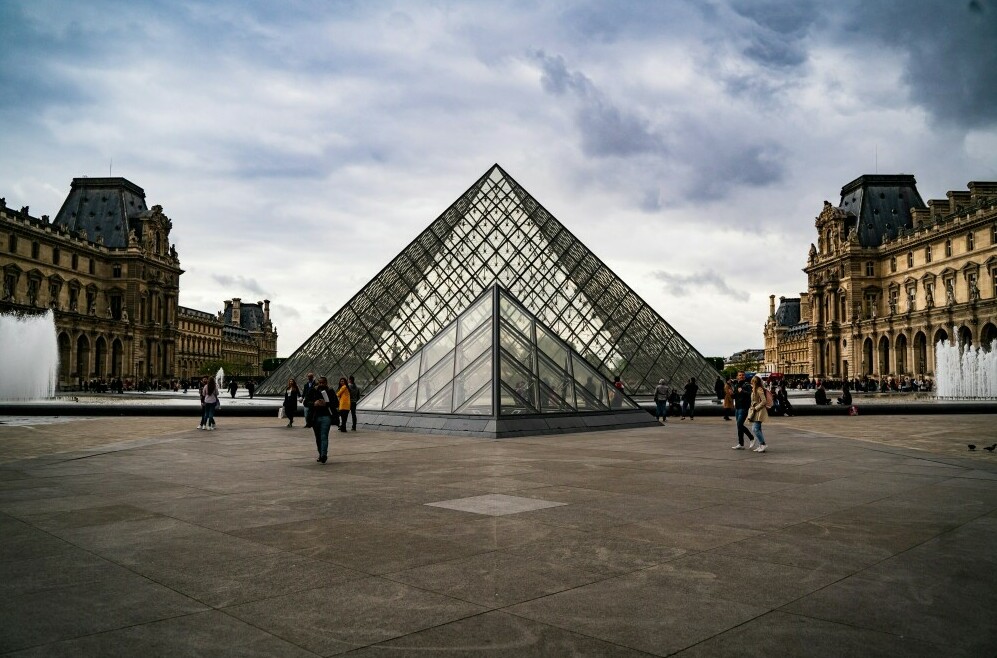
A Journey Through Time at The Louvre Museum
The Louvre Museum is not just a destination; it’s a trip through the corridors of human creativity and accomplishment. From its inception as a 12th-century fortress built by Philip II, this iconic institution has been a cornerstone of French history. Now, as the world’s largest art museum, it stands as a testament to human expression of life and beauty.
When we step inside The Louvre, we are reminded of the importance of preserving our past to enrich our future. Each hall and exhibit weaves a narrative of artistic evolution, from ancient civilizations to the rise of modern artistic movements. It’s a humbling reminder of our place within a larger historical context.
Among the treasure trove of artwork, several masterpieces claim the spotlight. The famed Mona Lisa, with her enigmatic smile, invites contemplation and curiosity, while the Venus de Milo embodies the pinnacle of classical sculpture. Meanwhile, the Winged Victory of Samothrace, elegantly poised as if caught in a gentle breeze, reminds visitors of the transient yet timeless nature of art.
For your visit to the Louvre, be sure to arrive early or visit during off-peak times to avoid the pressing crowds. Do consider guided tours, which provide rich context and fascinating stories behind the artifacts. And remember, with 380,000 pieces on display, it’s essential to prioritize — attempting to see everything in one visit is an impossible feat.
The experience of the Louvre extends beyond the walls of the museum and experiencing it creates lasting memories. Our next Parisian adventure involves the gentle currents of the Seine. For it is along these historic banks that many of Paris’s other jewels can be found.
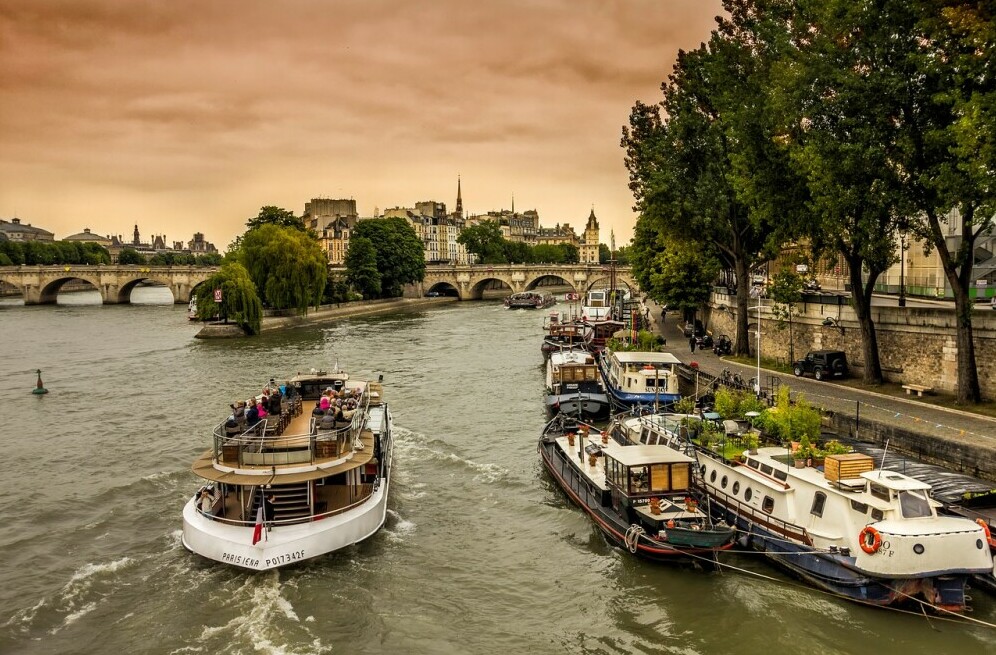
The Seine River
“Without the Seine, there would be no Paris. Over two thousand years ago a Celtic tribe established a fishing village on the Ile de la Cité, and island in the Seine where Notre Dame Cathedral now stands, and called in Parisii.” (Paris Perfect)
Weaving through the heart of the Paris, the Seine River is a focal point of the French capital. Traditional booksellers and beautiful boulevards lined its borders. The many historic cafés and neighborhoods located along the riverside make the Seine an attraction in its own right. You can take a boat tour and see the beautiful bridges, famous buildings, include the Cathedral of Notre Dame and monuments. The two banks of the Seine are referred to as La Rive Gauche (the Left Bank) and a La Rive Droite (the Right Bank).
Rive Gauche (Left Bank)
The Left Bank has long been a place for writers, artists and café culture. Hemingway, Picasso and Matisse all once called the La Rive Gauche their home.
Rive Droite (Right Bank)
The Right Bank of the Seine has always been associated with commerce and trade. La Rive Droite historically has been the wealthier side of the Seine. This side of the Seine has the Louvre Museum and Arc de Triomphe.
Bouquinistes
If you walk along the Seine, you will discover many independent book sellers, (bouquinistes) selling old books, magazines and collectables from iconic green metal boxes. They are a great source for unique souvenirs and gifts to take back with you after your trip to Paris.
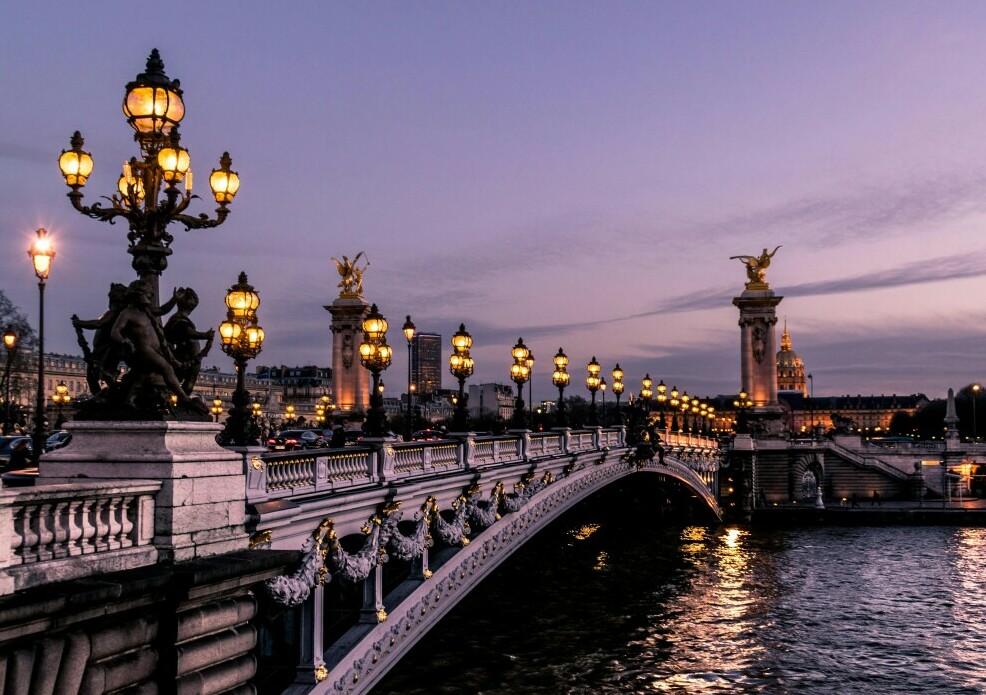
Famous Bridges
Left and Right banks of the Seine as the river winds its way through the heart of Paris are connected by many bridges. Each has its own unique history and striking features.
Connecting the Left and Right banks with the Ile de la Cité, is Pont Neuf. It is the oldest bridge across the Seine. Built in 1607.
Pont Alexandre III: Completed in 1900, the beaux-arts bridge is famous for its ornate lamps and gilded sculptures at each end. It was named after Tsar Alexander III to celebrate Franco-Russian relations.
Pont des Arts: Better known as the “Love-Lock Bridge,” Pont des Arts is a pedestrian pathway connecting the Left Bank to the Louvre Museum on the Right Bank. The locks have been removed due to their enormous weight and have been replaced by art panels.
Concluding Reflections on Paris’s Irresistible Allure
From the commanding view atop the Eiffel Tower to the profound artistic corridors of the Louvre, and the charming bookstores on the Seine, Paris is an anthology of experiences waiting for each visitor to add their own chapter.
The true essence of Paris isn’t just in its monumental landmarks, but in the life that flows around them. It’s in the Parisians bustling along the streets, the aroma of fresh pastries drifting through the air, and the soft melodies echoing from street musicians. These sensory treasures are as integral to the Paris experience as its physical monuments.
If you’re crafting your itinerary, REMEMBER, the richness of Paris is found not just in checking off sites but in allowing yourself leisure time just to take in the atmosphere. Take the time to sit at a cafe, people-watch, and absorb the locale.
As you depart Paris, consider how every cobblestone, every façade, tells a story of centuries of art, love, revolution, and rebirth. Paris invites you to partake in its story, to find a connection that’s uniquely yours, and to embrace the assurance that this beautiful city will always be there, waiting for your next visit.
When you are ready for your Paris adventure, get in touch to book your travel dream. or visit any of our booking tabs here on Travel Dreams Inc.
Great Travels to you!
Don’t forget to share our tips and travel destinations!

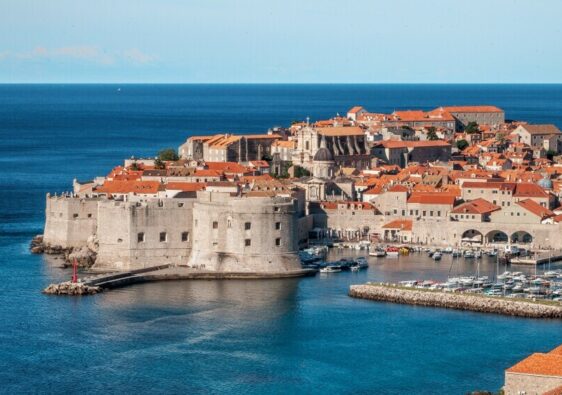



Hi France looks like a pretty beautiful country. It is definitely on my bucket list because I have some French blood. But I didn’t actually know what It looked like until now. Those bridges are beautiful also. Built in 1900’s that is pretty cool, I will have to check those out when I go.
Thanks for checking out my post about Paris. Yes, Paris is a beautiful city with many things to see. Just think, those bridges had people walking over them as far back as the 1600’s and you’ll be walking those same bridges when you go there. Great travels to you!